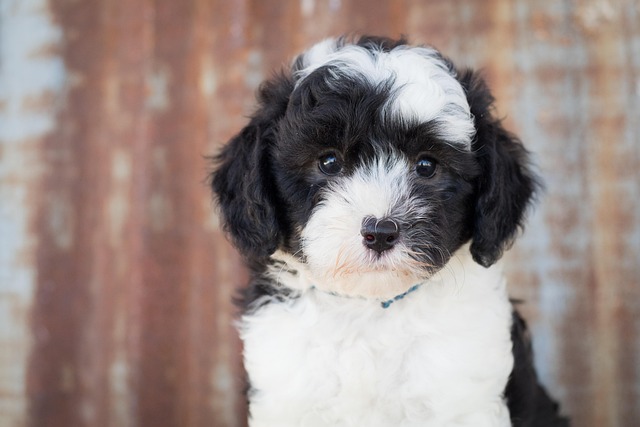
What is the number one cause of dog allergies
Imagine you’re in your Chicago apartment, sitting on the floor with your 9-month-old Golden Retriever, Max. He’s been licking his paws so much they’re red, and when you brush his belly
Is it okay for dogs to wear socks? If you’ve ever scrolled through pet stores and seen tiny, fuzzy socks with non-slip grips, you might have wondered if they’re just a cute accessory or actually useful. New dog parents from Chicago to Seattle often eye these socks, thinking of their pup slipping on hardwood floors, shivering on cold mornings, or licking a sore paw after a walk. But are socks safe for dogs? The answer depends on the why, the fit, and how you introduce them—let’s break it down with simple sense and kind advice.
Dogs’ paws are amazing tools: their pads have tough, rubbery skin for grip, sweat glands to cool them, and sensory receptors that help them navigate surfaces. But there are times when socks make sense. On super slippery floors (think polished hardwood in a new apartment), non-slip socks can prevent falls, especially for senior dogs or those with joint issues. In freezing weather (looking at you, Minnesota winters), socks add a layer of warmth for short walks, protecting paws from ice and salt that irritates skin. They’re also helpful during recovery—after surgery or a paw injury, socks can stop licking and keep bandages clean. But here’s the catch: Socks that are too tight, ill-fitting, or left on too long can cause problems. They might restrict blood flow, trap moisture (leading to infections), or confuse a dog’s sense of balance, since their paws can’t feel the ground properly.

So, how do you safely use dog socks? Start with the right fit. Measure your dog’s paw width and length (most brands have size charts!)—socks should be snug but not tight, with enough room for their toes to spread. Look for breathable, stretchy material (cotton or fleece blends work) and non-slip grips on the bottom to aid traction. Introduce them slowly: let your dog sniff the socks, reward with a treat when they touch them, then gently put one on a paw, praise, and remove. Repeat with each paw, building up to short sessions (5 minutes) before leaving them on longer. Never force socks on a resistant dog—this creates stress, and stressed dogs are more likely to chew them off (risking choking). Use socks only when needed: short indoor sessions on slippery floors, quick winter potty breaks, or during recovery—not for all-day wear or long walks, where paws need to grip and breathe.
Now, let’s tie this to responsible dog ownership. First, a quick vet check is smart if your dog seems to need socks—persistent slipping or paw licking might signal issues like arthritis or dry pads, and while you’re there, confirm their rabies vaccine is up to date (required by law in all 50 states). In apartments, socks can be a neighbor-friendly move, reducing loud paw clicks on hardwood floors early in the morning. When out and about, if your dog wears socks briefly (say, to protect a healing paw), stick to calm, familiar routes to avoid slips in public, and always carry poop bags (fines for skipping them hit $150 in Denver). Most importantly, remember positive reinforcement—every time they wear socks calmly, offer praise and a tiny treat. Socks aren’t a must-have, but when used right, they can keep your pup safe, comfortable, and even a little stylish.

Imagine you’re in your Chicago apartment, sitting on the floor with your 9-month-old Golden Retriever, Max. He’s been licking his paws so much they’re red, and when you brush his belly

Imagine you’re in your Chicago apartment, sitting on the floor with your 10-month-old Poodle, Luna, after a walk. You run your fingers through her fur and freeze

Hip dysplasia isn’t just a senior dog issue—breeds like Labradors and German Shepherds often show signs as early as 6 months, with stiffness after naps or reluctance to climb stairs.

Imagine you’re in your Austin apartment, folding laundry while your 8-month-old Beagle, Lucy, curls at your feet. She’s been licking her paws nonstop lately

Imagine you’re in your Chicago apartment, kneeling down to give your 18-month-old French Bulldog, Lola, a belly rub—her favorite part of the evening.

Imagine you’re in your New York City apartment, sitting on the floor with your 10-year-old Corgi, Bella—she’s curled against your leg, slower to stand up than she was a year ago